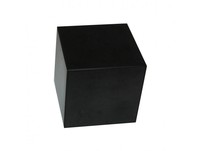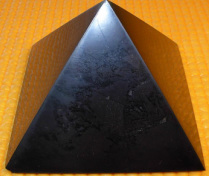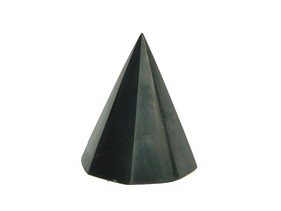SHUNGITE "The Miracle Stone"
Origin of Shungite
Scientists estimate the age of shungite to be almost 2 billion years. Though it is similar in appearance to coal, it is found in very ancient layers of the Earth’s crust that were formed when there were no life forms on the Earth.
Where did this strange rock come from? At that time there were no forests to form carbides such as coal. Experts claim there were only protobacteria living in an oxygen-free atmosphere. But suddenly huge deposits of this marvelous mineral seem to have appeared.
Who gave them to man? Why? How? The answers to the first two questions are quite simple. Having foreseen the trap that man would be driven into by civilization’s “achievements,” God showed the way out. He made shungite to heal and rescue life on the earth. It is not in vain that some prophets point to the North as the place of rescue from environmental disasters. Karelia, in the north of Russia is known to have the only shungite filed in the world. The answer to the third question comes from science. There are at least three theories to explain shungite’s origin:
Where did this strange rock come from? At that time there were no forests to form carbides such as coal. Experts claim there were only protobacteria living in an oxygen-free atmosphere. But suddenly huge deposits of this marvelous mineral seem to have appeared.
Who gave them to man? Why? How? The answers to the first two questions are quite simple. Having foreseen the trap that man would be driven into by civilization’s “achievements,” God showed the way out. He made shungite to heal and rescue life on the earth. It is not in vain that some prophets point to the North as the place of rescue from environmental disasters. Karelia, in the north of Russia is known to have the only shungite filed in the world. The answer to the third question comes from science. There are at least three theories to explain shungite’s origin:
- Primitive microscopic organisms existed in shallow bays of the ancient sea. Sea scurf rich in these organic remains formed a material that produced shungite.
- According to another rather exotic version, shungite is a part of a gigantic meteorite that brought a part of a decomposed planet called Phaeton to the Earth. Phaeton is believed to have had carbon-based life forms. The gigantic fragment brought them to earth and formed the shungite field in the area of impact.
- Some researchers assert that the form and structure of shungite have volcanic features. The volcanic ejection of the shungite substance would have played the same role as the hypothetical Phaeton fragment.







